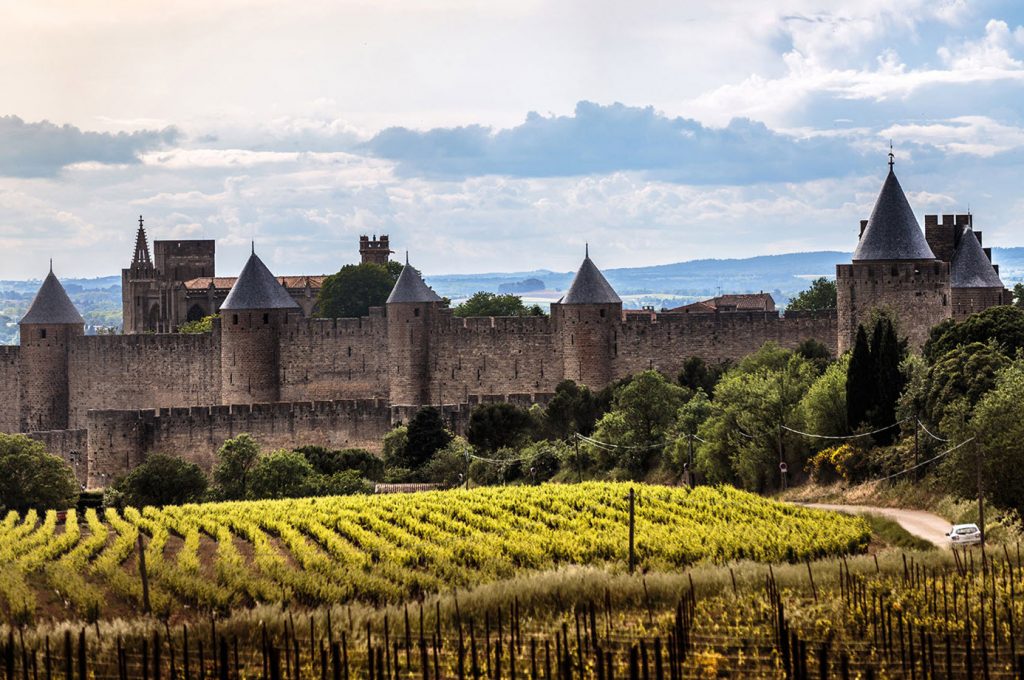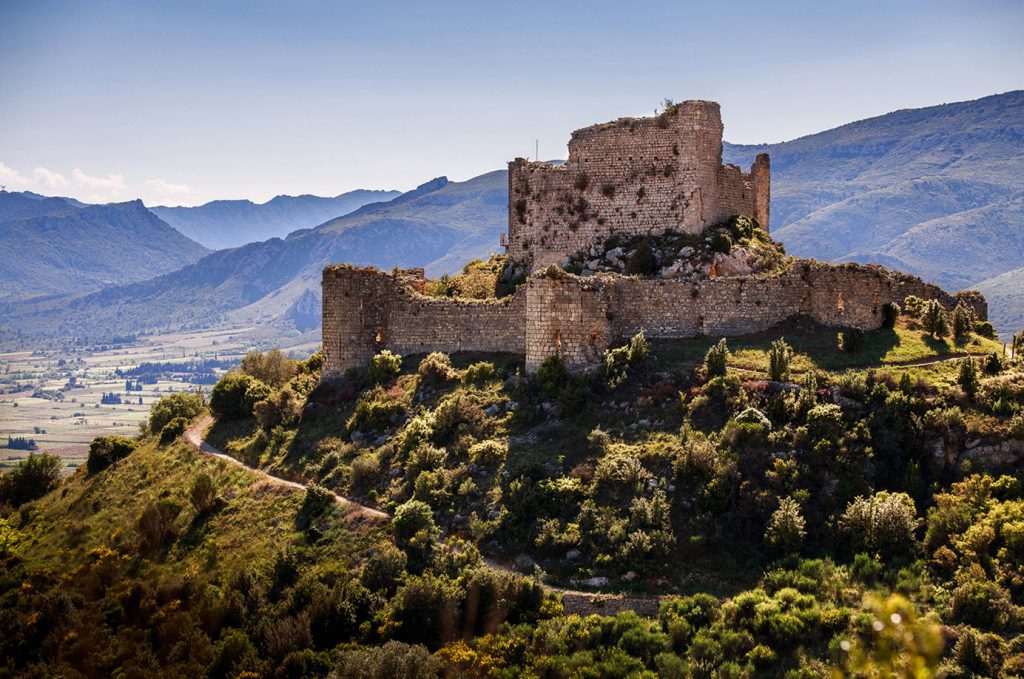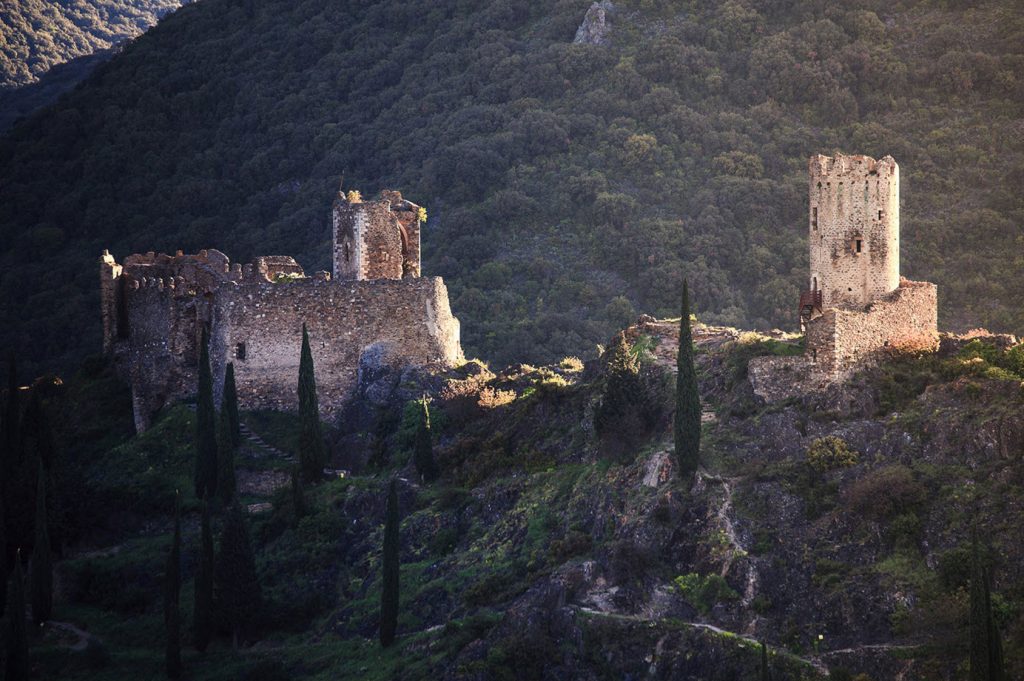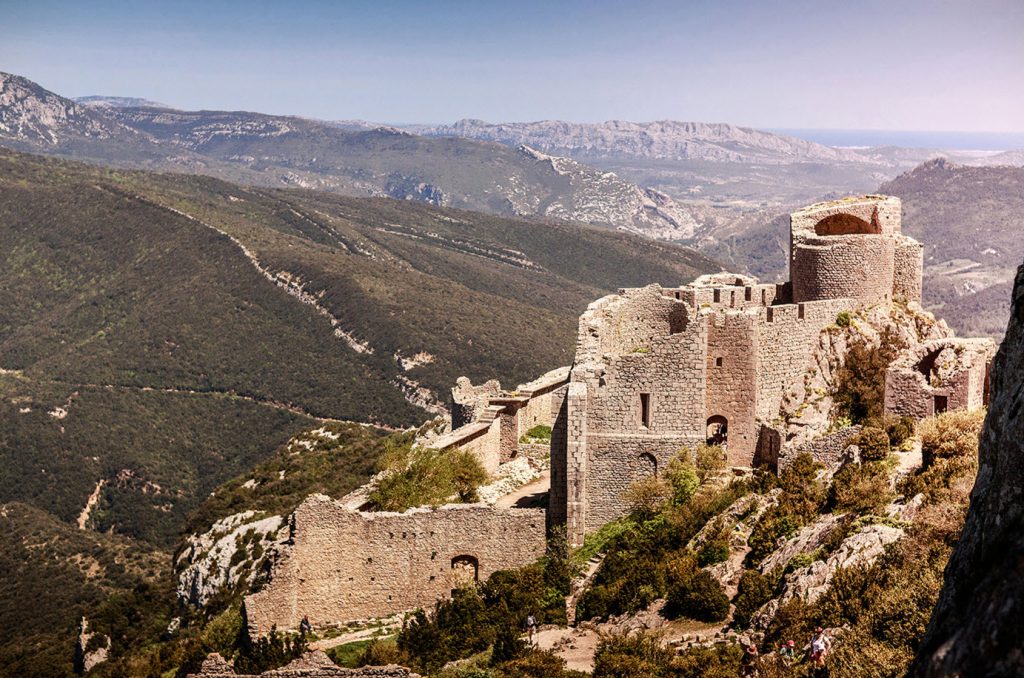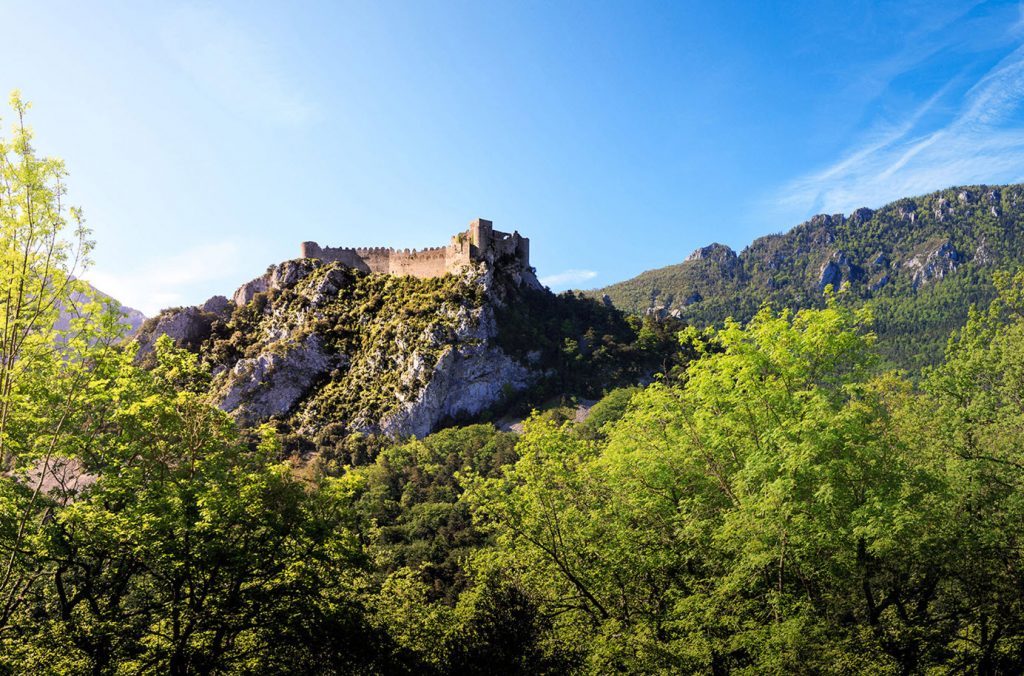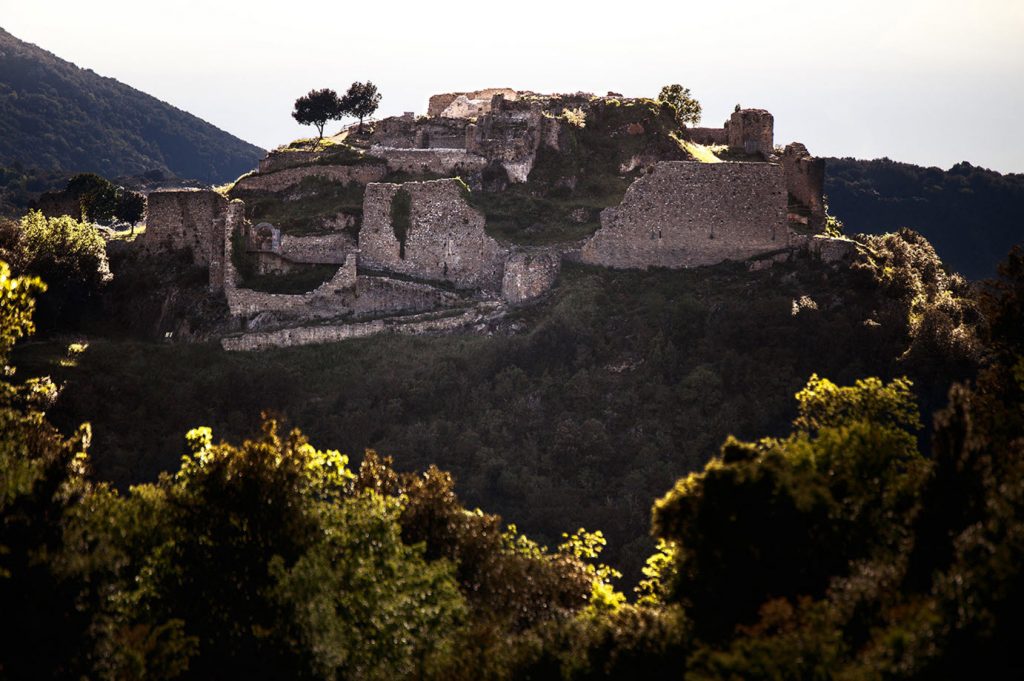They are eight.
Eight beautiful castles perched between the Aude and the Ariège, claiming the coronation of UNESCO. From the city of Carcassonne to the castle of Aguilar through those of Lastours, Montségur, Peyrepertuse, Puilaurens, Termes or Quéribus. All have in common an unstoppable beauty and an exceptional history that gives them obvious universal value.
Restructured in the second half of the 13th century, on sites previously occupied by feudal constructions. The City of Carcassonne and the mountain sentinel castles testify to the assertion of a royal military defense architecture, designed to control a newly conquered territory (following the crusade against the Albigenses) and the Franco-Aragonese border.
These castles, built on pitons with steep walls are irreplaceable watchdogs overseeing the territory. Together with Carcassonne, the seat of the seneschal and as such, a military, political and administrative centre, they are a unique testimony of what was a coordinated and homogenous territorial defence system.
Initiated by Philippe Auguste, this very successful model of architecture, spread across Europe (Castel del Monte in Italy, Marbais Castle in Belgium…) and the Middle East (Krac des Chevaliers in Syria, Silifke Castle in Turkey…).
All these fortresses, adapted to their mountain sites, use the “Philippian” model: a geometric plan, with round and hollow flanking towers, a gatehouse, archers in the stirrup or spade, crenulations and hoardings, in a search of architectural symmetry.
